Synthetic Biology Open Language
Welcome to the Synthetic Biology Open Language (SBOL) community portal!
SBOL is a free and open-source standard for the representation of biological designs. The SBOL standard was developed by the synthetic biology community to create a standardized format for the electronic exchange of information on the structural and functional aspects of biological designs.
SBOL was designed for everyone in synthetic biology!
If you are new to SBOL and would like to learn more, checkout the SBOL section!
If you would like to use SBOL to create diagrams to visualize your biological designs, you can learn more from the SBOL Visual section.
If you are a developer, check out all the libraries created by the SBOL community!
If you would like to use SBOL without writing any code, you may be interested in the tools and applications developed by the SBOL community!
You can find the latest SBOL and SBOL visual specifications here. We’ve also included an exhaustive list of publications that either use SBOL or support SBOL.
SBOL is also used in the industry! If you are working in the industry and would like learn about how SBOL could support your applications you can join the SBOL Industrial Consortium!
What is SBOL?
The SBOL data standard is a data exchange representation for synthetic biology designs. Its goal is to improve the efficiency of data exchange and reproducibility of synthetic biology research. SBOL introduces a standardized format for the electronic exchange of information on the structural and functional aspects of biological designs. The standard has been designed to support the explicit and unambiguous description of biological designs by means of a well defined data model. The standard further describes the rules and best practices on how to use this data model and populate it with relevant design details. SBOL uses existing Semantic Web practices and resources, such as Uniform Resource Identifiers (URIs) and ontologies, to unambiguously identify and define genetic design elements. The definition of the data model and associated format, the rules on the addition of data within the format and the representation of this in electronic data files are intended to make the SBOL standard a useful means of promoting global data exchange between laboratories and between software programs.
You can learn more about SBOL by reading the SBOL Data Model page.
Visualize with SBOL Visual!
SBOL Visual aims to organize and systematize such conventions in order to produce a coherent language for expressing the structure and function of genetic designs. At the same time, we aim to make this language simple and easy to use, allowing a high degree of flexibility and freedom in how such diagrams are organized, presented, and styled—in particular, it should be readily possible to create diagrams both by hand and with a wide variety of software programs.
Read the SBOL Visual page to learn more about the SBOL visual glyphs and how you can create beatutiful diagrams to communicate the structure of nucleic acid sequences that you may be engineering or to show the functional relationships between sequence features and other molecular species!
Latest SBOL Specifications
SBOL has a come a long way! As our community has grown, so has our specification and data model! Here are the quick links to the latest specifications:
- SBOL - Version 3.0.1
- SBOL Visual - Version 3.0.0

SBOL for developers!
The SBOL community has created a number of libraries to programmatically use the SBOL data model in a number of popular languages!
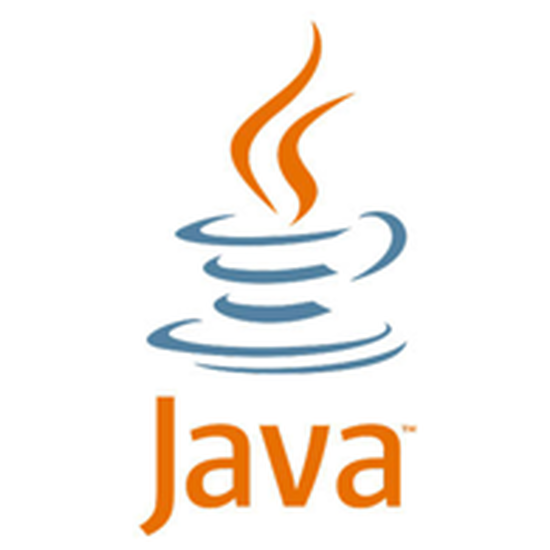
Java
Java interfaces and implementations for SBOL
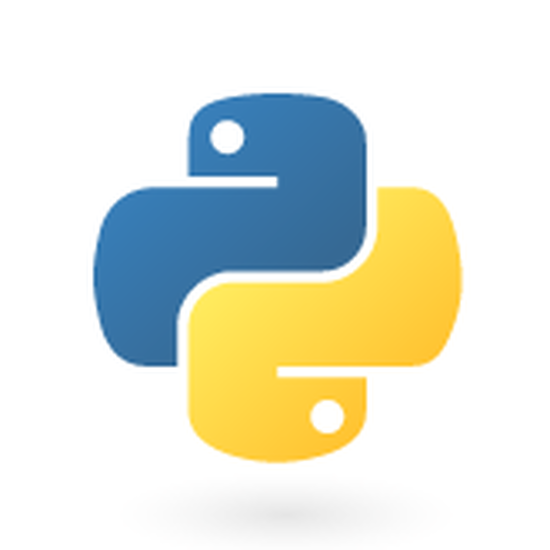
Python
Python interfaces and implementations for SBOL
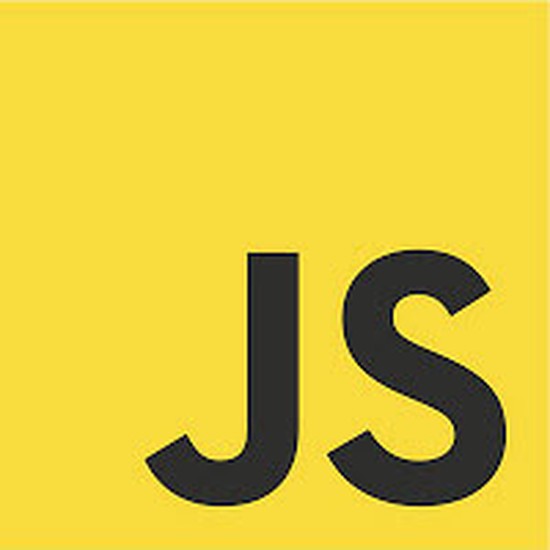
JavaScript
Core JavaScript interfaces and implementations for SBOL
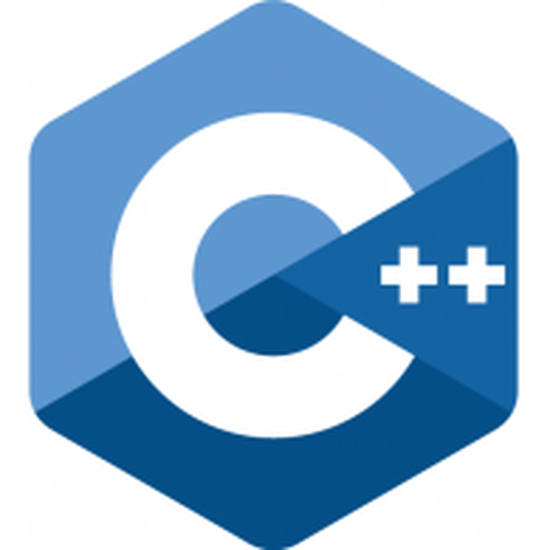
C++
Core C/C++ interfaces and implementations for SBOL
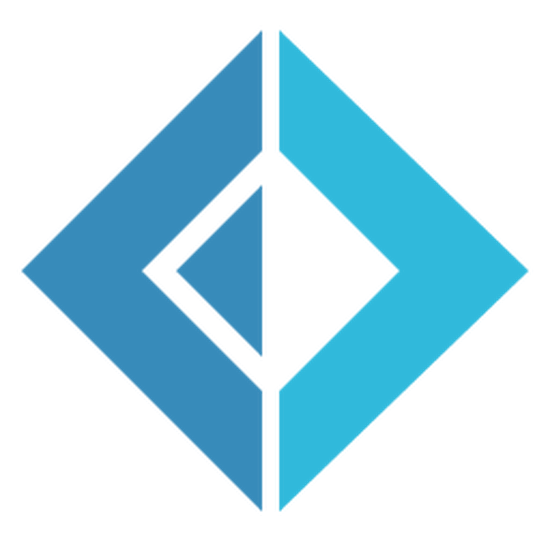
F#
F# libraries for SBOL
Featured Publications
Synthetic Biology Knowledge System
The Synthetic Biology Knowledge System (SBKS) is an instance of the SynBioHub repository that includes text and data information that has been mined from papers published in ACS Synthetic Biology. This paper describes the SBKS curation framework that is being developed to construct the knowledge stored in this repository. The text mining pipeline performs automatic annotation of the articles using natural language processing techniques to identify salient content such as key terms, relationships between terms, and main topics. The data mining pipeline performs automatic annotation of the sequences extracted from the supplemental documents with the genetic parts used in them. Together these two pipelines link genetic parts to papers describing the context in which they are used. Ultimately, SBKS will reduce the time necessary for synthetic biologists to find the information necessary to complete their designs.
VisBOL2—Improving Web-Based Visualization for Synthetic Biology Designs
VisBOL is a web-based visualization tool used to depict genetic circuit designs. This tool depicts simple DNA circuits adequately, but it has become increasingly outdated as new versions of SBOL Visual were released. This paper introduces VisBOL2, a heavily redesigned version of VisBOL that makes a number of improvements to the original VisBOL, including proper functional interaction rendering, dynamic viewing, a more maintainable code base, and modularity that facilitates compatibility with other software tools. This modularity is demonstrated by incorporating VisBOL2 into a sequence visualization plugin for SynBioHub.
SBOL Tools & Applications
If you are a synthetic biologist, you may not be aware that there are already many software tools available that support different aspects of the synthetic biology workflow, such as optimizing DNA assembly or simulating gene networks. Each of the software tools listed here supports exchange of genetic designs in the SBOL file format (SBOL core) or supports display of genetic designs using standard SBOL Visual glyphs.
If you would like us to feature your application here, please fill out this survey.
*SBOLCanvas
A web application for creation and editing of genetic constructs using the SBOL data and visual standard.
BOOST
A platform of tools to design DNA sequences for manufacturing
Cello
A tool for Genetic circuit design automation
Device Editor
Visual biocad canvas for specifying combinatorial DNA constructs for fabrication
DNAplotlib
DNAplotlib enables highly customizable visualization of individual genetic constructs and libraries of design variants. It can be thought of in many ways as matplotlib for genetic diagrams.
Eugene
A textual specification language for the rule-based design of synthetic biological systems, devices, parts, and DNA sequences.
Finch
Rule-based generation of constructs
Flapjack
Flapjack is a data management and analysis app for genetic circuit characterization to store, share, mix, analyze and plot your SynBio data
GeneGenie
GeneGenie supports the design and self-assembly of synthetic genes and constructs.
GeneTech
A tool which allows a user to generate genetic logic circuits only by specifying the logical function desired to be achieved in a living cell.
GenoCAD
A rule-based DNA design tool.
Graphviz
a package of open-source tools initiated by AT&T Labs Research for drawing graphs specified in DOT language scripts.
iBioSim
iBioSim has been developed for the modeling, analysis, and design of genetic circuits.
ICE
Physical and Informatic repository and associated tools for plant seeds, microbial strains, DNA and protein sequences.
j5
DNA assembly design automation
MoSeC
Automated derivation of genetic circuit designs from computational models.
Parts & Pools
A graphical, drag and drop design of synthetic gene circuit with Standard Biological Parts.
Pigeon Visualizer
A tool for creating SBOL Visual diagrams from a concise textual representation.
Pinecone
Serotiny’s web-based protein design software aimed at researchers doing R&D for therapeutics, materials, as well as those in basic research.
Pool Designer
Designing Multiplexed Pools for Assembling Library Constructs
Proto BioCompiler
Proto BioCompiler generates optimized genetic regulatory network designs from specifications written in a high-level programming language, producing both SBOL specifications, visualization, and ODE models.
SBOL <-> Genbank Converter
Loss-less interconversion of SBOL v1.1 and GenBank
SBOL Validator/Converter
A simple, easy-to-use software tool that allows for conversion between SBOL/GenBank/FASTA files using the Synthetic Biology Open Language (SBOL) 2.0 data model.
SBOLDesigner
A simple, biologist-friendly CAD software tool for creating and manipulating the sequences of genetic constructs using SBOL
SBOLme
An open-access repository of SBOL 2-compliant biochemical parts for a wide range of metabolic engineering applications.
ShortBOL
A shorthand language for SBOL
SynBioHub
A registry for storing and sharing genetic circuit designs using the SBOL2 standard
Tellurium
A Python environment based on spyder2 IDE, designed for systems and synthetic biology simulations.
TinkerCell
A widely used open source network design and simulation application tool for synthetic biology
Virtual Parts Repository
A repository of modular models of biological components.
VisBOL
A JavaScript software library to visualize DNA features from SBOL2 documents using the SBOL Visual standard.